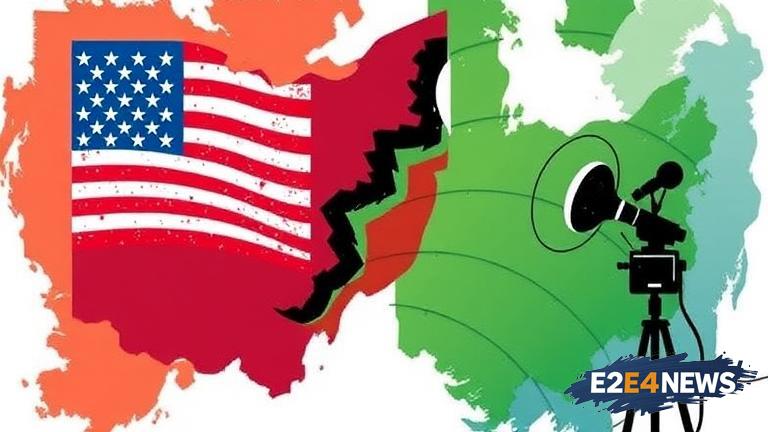The state of Ohio has finalized its budget, which includes significant cuts to public broadcasting. This move comes as the federal government has also implemented cuts to funding for public media. The dual threat of funding reductions has left Ohio’s public broadcasting system facing an uncertain future. Public broadcasting provides essential services to communities across the state, including educational programming, news, and emergency alerts. The cuts will likely have a disproportionate impact on rural areas, where access to other forms of media may be limited. State lawmakers in Ohio have defended the cuts, citing the need to reduce spending and balance the budget. However, critics argue that the cuts will have long-term consequences for the state’s cultural and educational institutions. The federal cuts, which were finalized earlier this year, have already begun to take effect. The Corporation for Public Broadcasting, which distributes federal funds to public media outlets, has seen its budget reduced by 10%. This reduction in funding will have a ripple effect, impacting public broadcasting systems across the country, including in Ohio. The state’s public broadcasting system is made up of a network of local stations, which provide a range of services to their communities. These stations rely on a combination of federal, state, and private funding to operate. The cuts to public broadcasting in Ohio are part of a larger trend of reduced funding for public media at the federal and state levels. This trend has been driven by a desire to reduce government spending and prioritize other areas of the budget. However, proponents of public broadcasting argue that the benefits of a strong public media system far outweigh the costs. Public broadcasting provides a unique service to communities, offering high-quality programming and a platform for local voices to be heard. The cuts to public broadcasting in Ohio will likely be felt across the state, with rural areas being particularly hard hit. These communities often rely on public broadcasting as their primary source of news and information. The loss of funding will also impact the state’s educational institutions, which use public broadcasting as a resource for teaching and learning. In addition to the practical impacts, the cuts to public broadcasting in Ohio also raise concerns about the role of government in supporting the arts and culture. Public broadcasting is an essential part of the state’s cultural landscape, providing a platform for local artists and performers to showcase their work. The cuts to funding will make it more difficult for these individuals to reach a wider audience, potentially stifling the state’s creative economy. As the situation continues to unfold, it remains to be seen what the long-term consequences of the cuts will be. One thing is certain, however: the future of public broadcasting in Ohio is uncertain, and the state’s communities will be impacted by the reduction in funding. The cuts to public broadcasting are a symptom of a larger issue, one that highlights the challenges of funding public media in a time of budget constraints. As policymakers continue to grapple with these challenges, it is essential that they consider the importance of public broadcasting to the state’s communities and cultural institutions. By prioritizing funding for public media, lawmakers can help ensure that these essential services continue to thrive, even in the face of budget cuts. The situation in Ohio serves as a reminder of the need for a sustainable funding model for public broadcasting, one that takes into account the unique challenges and benefits of this type of media. As the debate over funding for public broadcasting continues, it is essential that policymakers and community leaders work together to find a solution that supports the long-term health and viability of these essential institutions.
